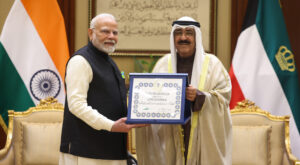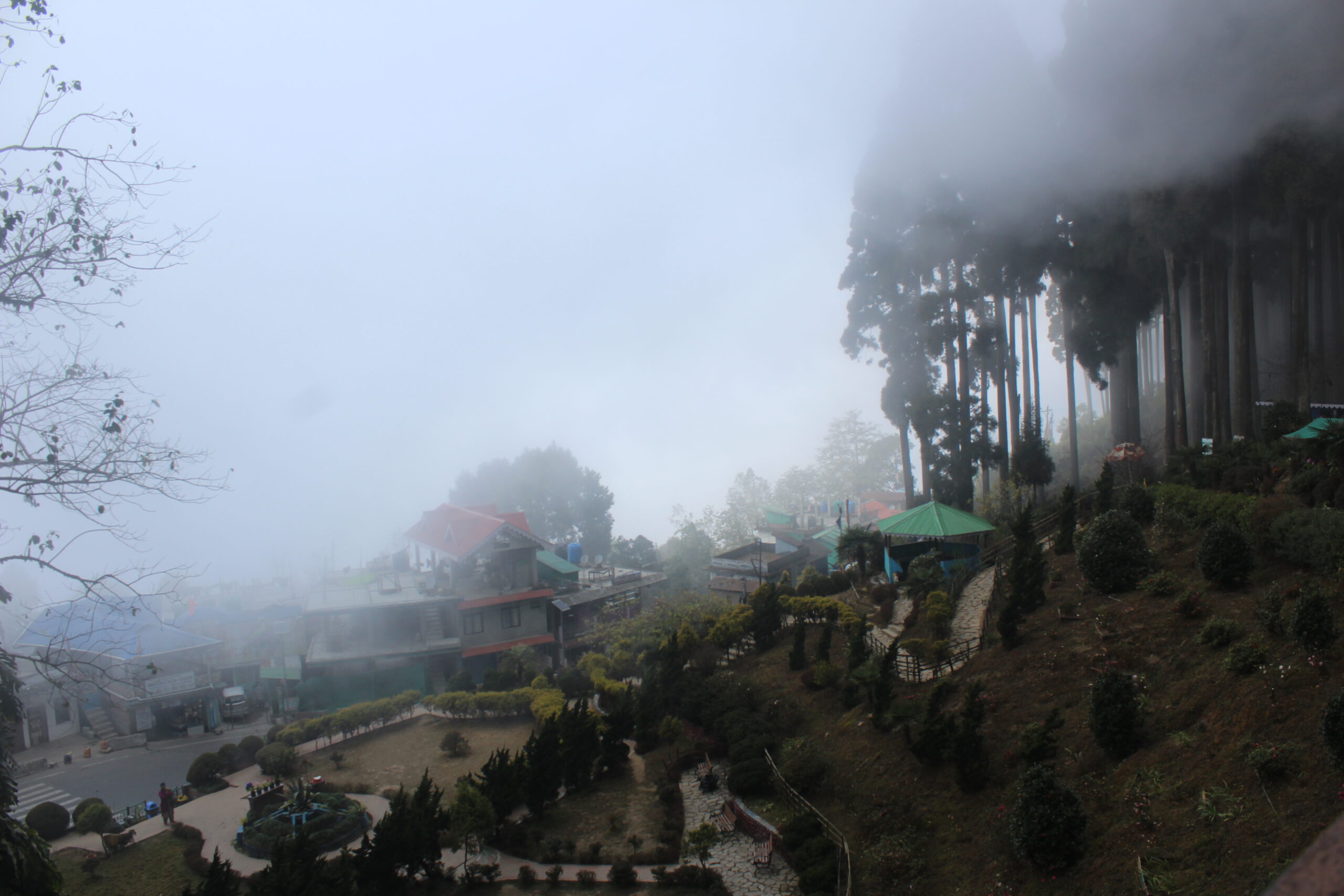
Amidst misty Lamahata
Down memory lane may be a cliché often used by authors and travel writers to describe their journeys to a variety of places, including their old schools, grandparents’ homes or childhood holiday destinations.
But for a group of retired people, former schoolmates in Delhi half a century ago, a recent journey to Kalimpong turned out to be a real-time trip ‘up memory lane’, quite literally.
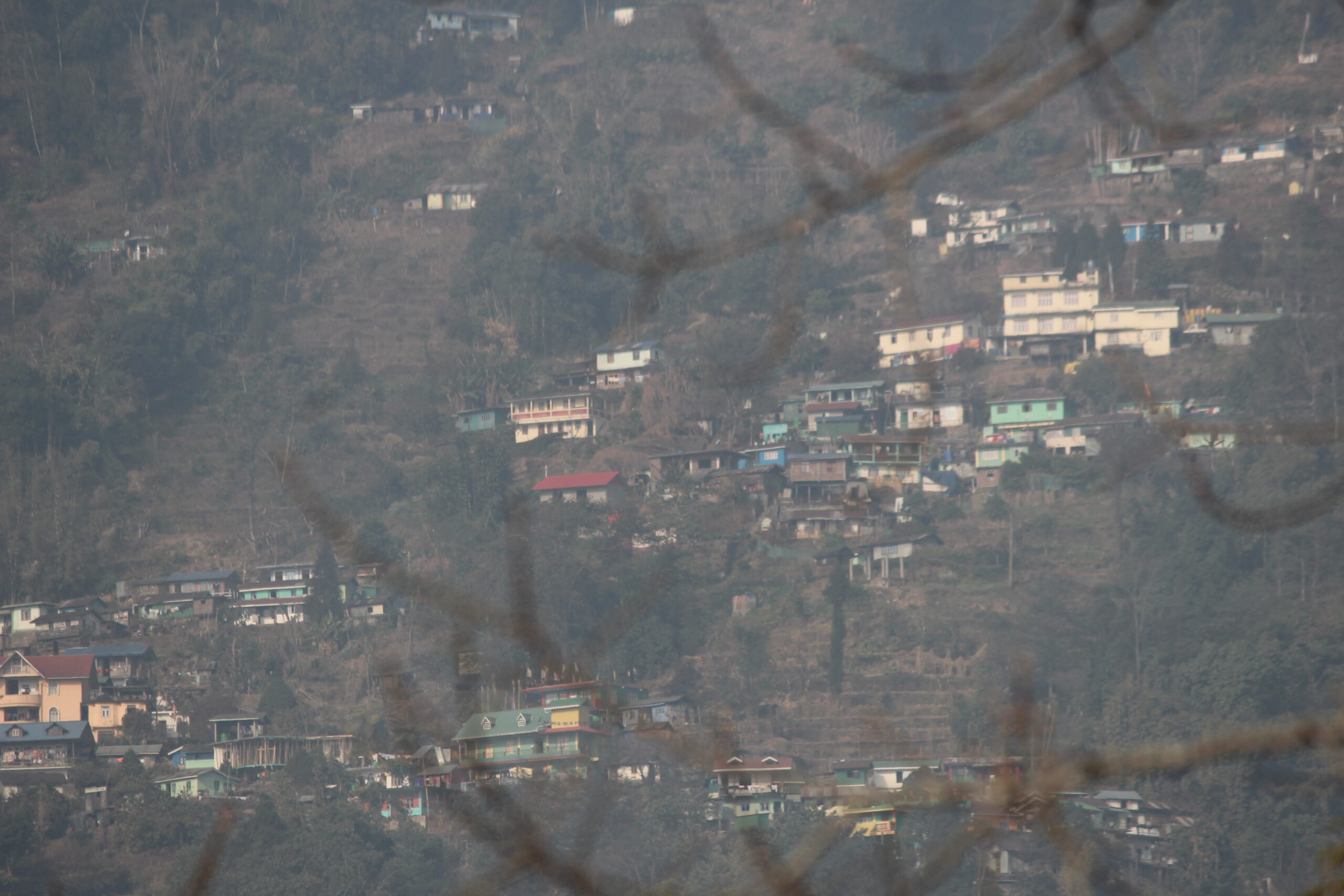
The spouse of one among the half a dozen former schoolmates literarily went up memory lane when she discovered that the serpentine road in the Himalayas looked familiar to the trekking route her family took on the way to her maternal granduncle’s house.
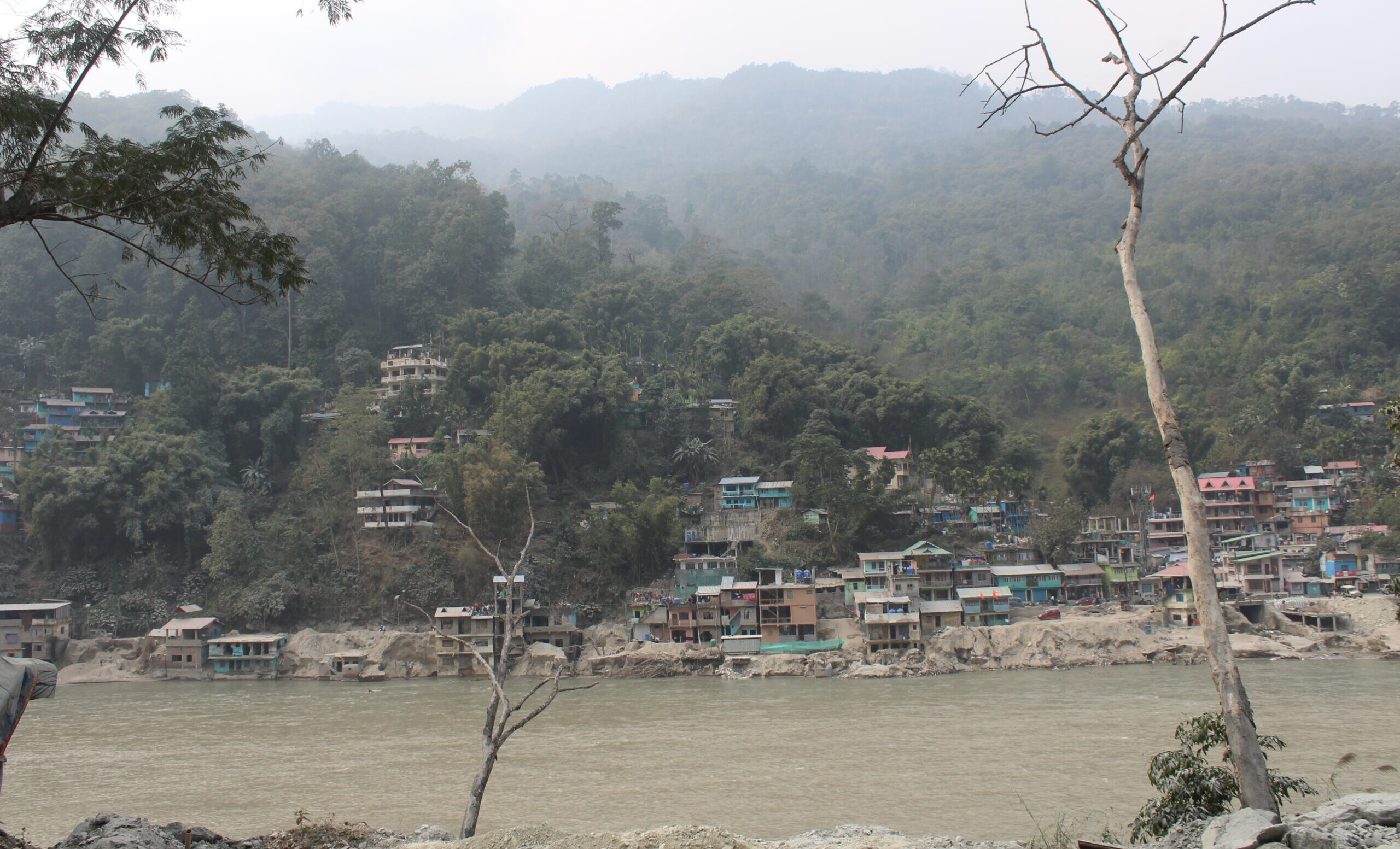
A casual conversation with the driver about what she vaguely remembered only as ‘Bungalow no.8’ in or near Takdah, somewhere between Kurseong and Kalimpong in the Darjeeling district, led her to the very place she had spent many summer vacations during her childhood.

The driver happened to be a Takdah local and, thus, he instantly took the tourists to the bungalow Dr Suresh Chandra Sen had bought up in the hills amidst the Herbarium of rare plants, including Cinchona, so crucial for the manufacture of quinine.

Dr Suresh Chandra Sen, who played a pioneering role in the promotion of Statistical Quality Control (SQC) in India, had bought this bungalow from its local owner during his tenure as Director of the Cinchona Plantations at Mungpoo in Darjeeling district. Dr Sen, a bachelor, died in 1964 following which his nephews and nieces inherited this property where this lady, now a senior citizen, spent many of her childhood summers.
She instantly recalled alighting from the Siliguri-Darjeeling toy train, now on UNESCO’s world heritage list, at Sonada station followed by an arduous jeep journey and finally the last mile trek to Bungalow No. 8 in Takdah.

More surprises awaited Mrs Rita Sen Gupta as she discovered that the Lamas, the new owners have preserved the bungalow in immaculate condition except for adding a café of sorts in the courtyard. Three rooms of the bungalow have been turned into a homestay facility for occasional tourists. Still, no heritage or architectural value has been tampered with, the childhood visitor turned senior citizen discovered.

Even some old photographs of Dr Sen’s cousin sister and nephews hosting foreign guests, including tea garden owners and managers, have been kept where they were decades ago.

Having spent all their lives in metro cities, it was another surprise for these senior citizens that the courtyard has no compound wall or fencing but the bungalow’s area deemed to end just where the jurisdiction of a tea garden begins.

The nostalgic moments for the schoolmates of half a century vintage began with the first tea break when they saw local ladies walking uphill with big baskets on their backs. They were reminded of trekking to school with bags on their back. They thought the hill ladies were carrying freshly plucked tea leaves, but they were not. This time the hill ladies were carrying fuel wood for their home kitchens. Realization dawned that it was not the plucking season in the tea gardens.
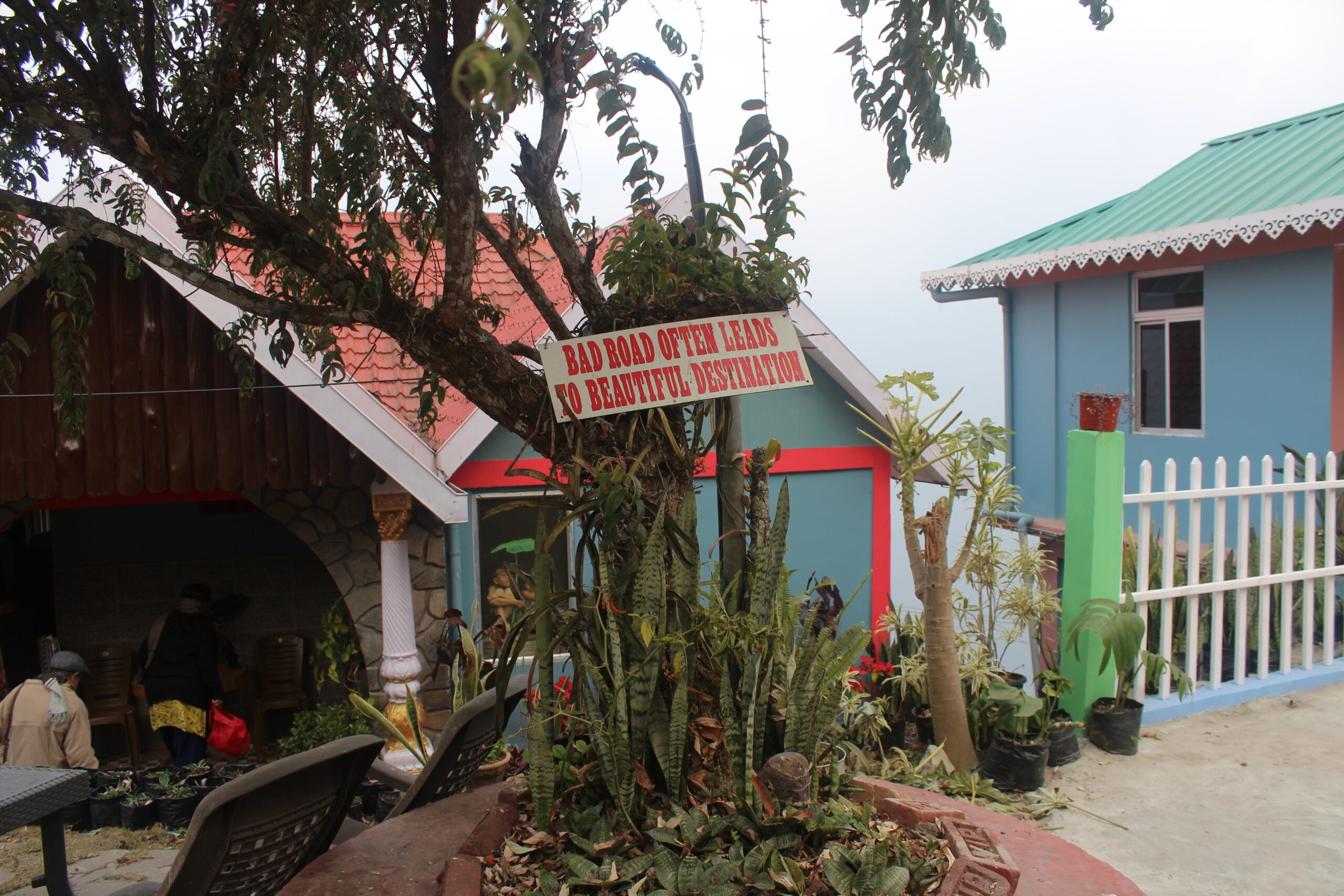
Bad roads are not news in India, just like dog bites man was never news until a television reporter discovered that the delinquent ‘doggy’ was the pet of a judge. Around the time tourists got exasperated with the bumpy uphill ride, the elderly dozen were greeted with a soothing board welcoming them. “Bad road often leads to beautiful destination”.

The scenic beauty all around instantly disarmed the tourists of all the mental ammunition they had gathered against the tour operator, drivers and road contractors.

All reminders were, however, not so pleasant for the tourists. At the entry of the forest park at Lamhata, a plaque of the Forest Department reminded every visitor about the martyrs who paid with their lives to protect the region’s green cover and wildlife. It is shocking that a third of the 30-odd deaths in four decades were caused by the timber mafia.
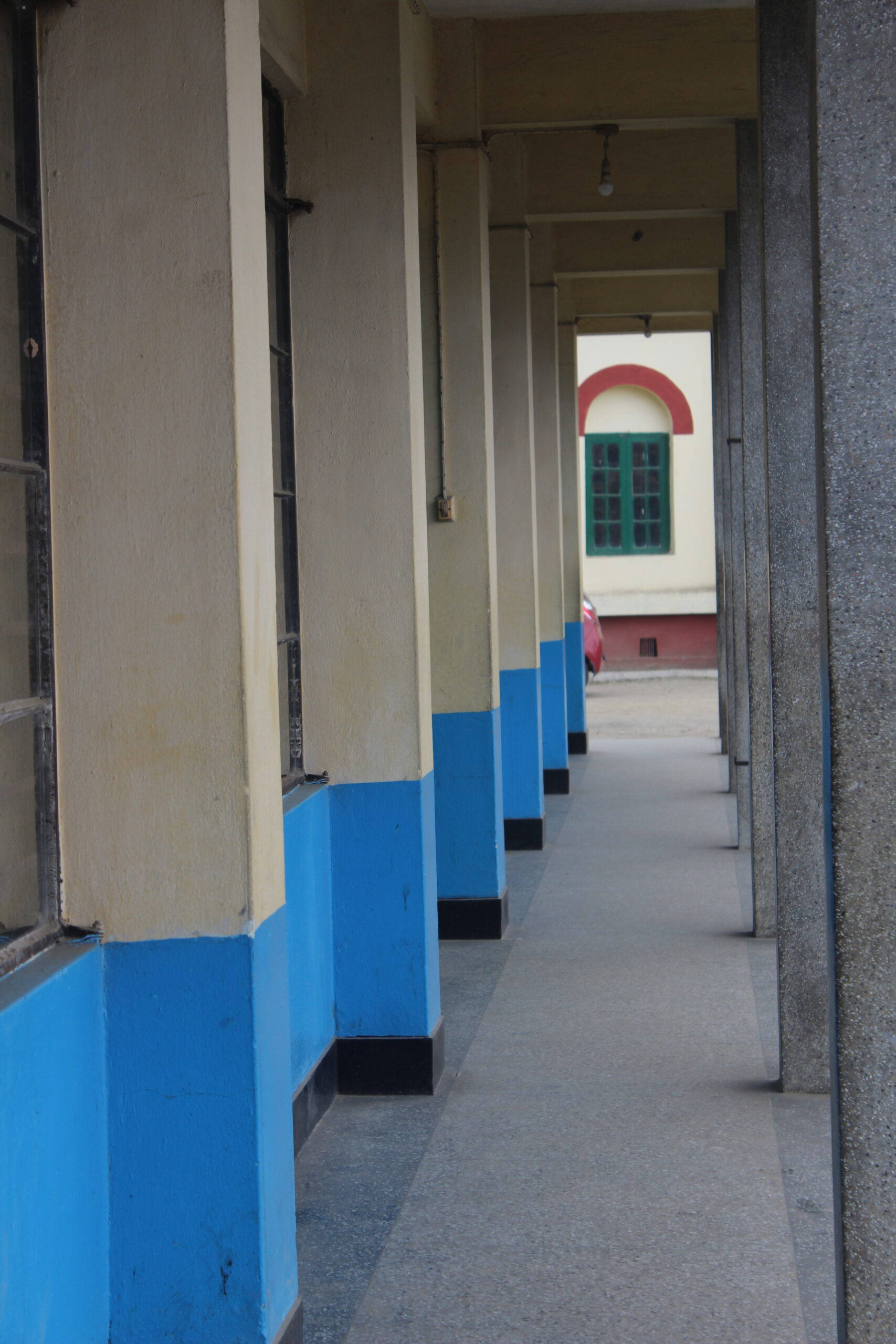
The journey ‘up memory lane’ continued as they moved towards Kalimpong the next day. Memory failed them as they could not recollect when was a school part of any tourist itinerary. But Dr Graham’s Homes School outside Kalimpong was on the tourist map.
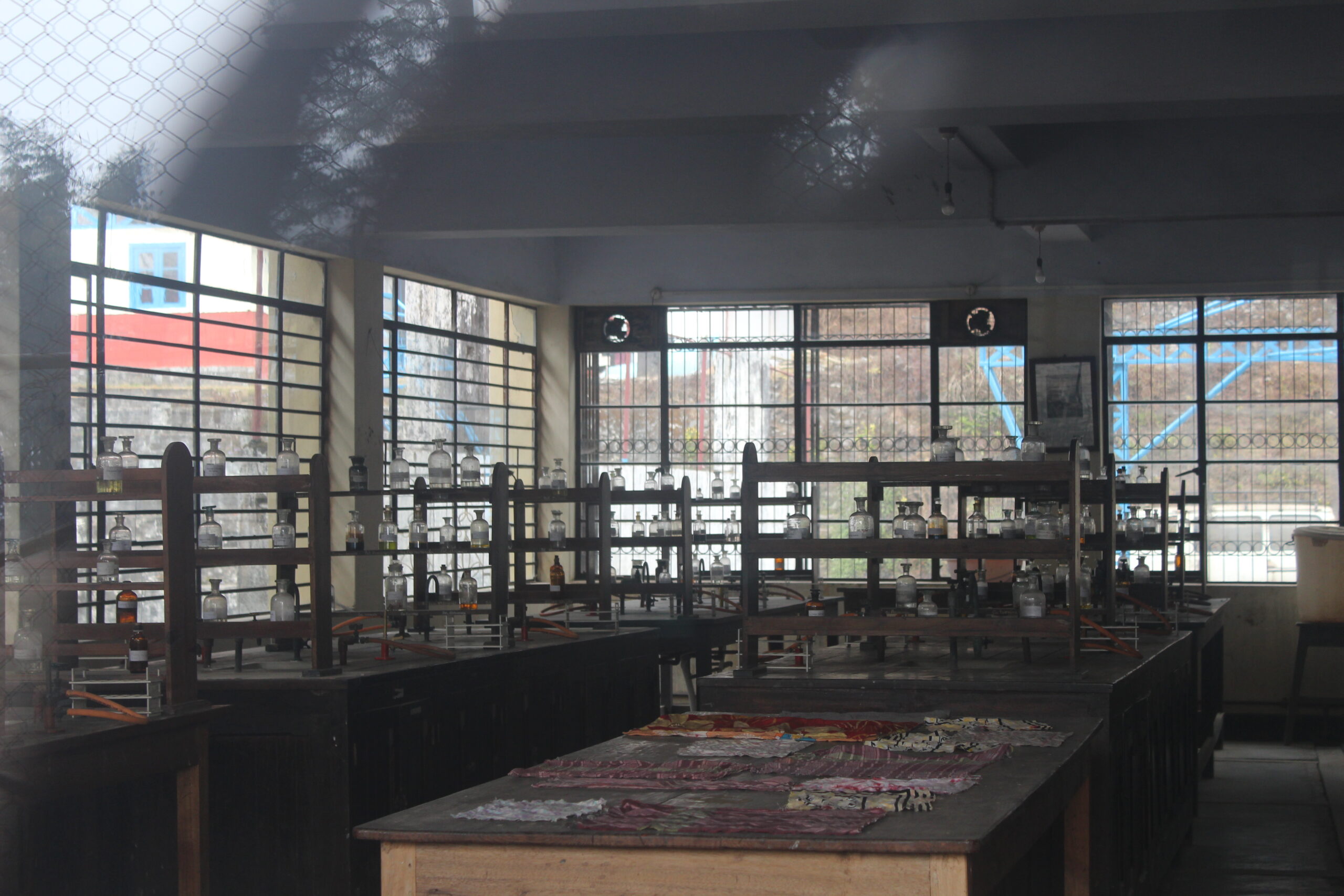
Besides the playground and the neatly painted long corridor, the tourists were reminded of their chemistry laboratory with its rows of acid bottles on the shelves.

But not everything took them back to the past. A white T-shirt with Dr Graham’s Homes School logo on it certainly gave the tourists an idea about the future too. They too can have such a T-shirt for their school’s centenary next year.
Thus, the nostalgic journey ‘up memory lane’ finished with a thought for the future too.
*Senior journalist



